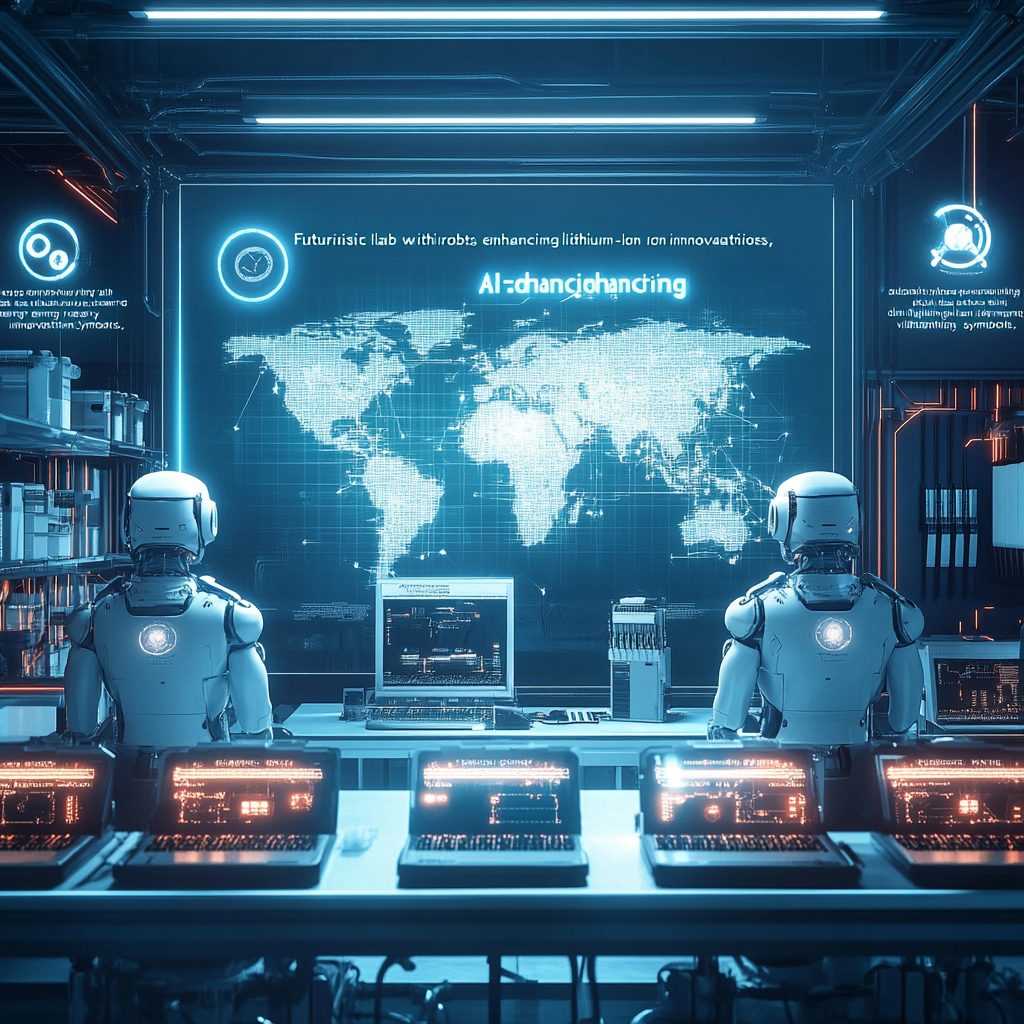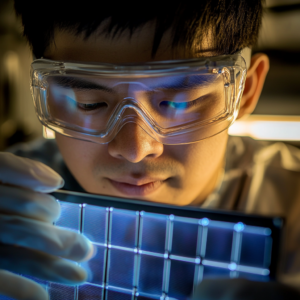
Discarding a long-standing pessimistic hypothesis to rescue next-generation lithium-ion battery technology
The Great Lithium-Ion Battery Debate: Discarding the Pessimism
Picture this: a world that runs on electric vehicles, where your car hums silently along the highways for over 1,000 miles without breaking a sweat, where your smartphone holds its charge for days on end, and where entire cities are powered seamlessly, without fear of battery fires. Sounds nice, doesn’t it? But before you start dreaming about this future, we need to talk about the long-standing pessimism surrounding lithium-ion battery technology—specifically, the naysayers who insist we’ve hit a dead end and can’t make any significant improvements. Strap in, because we’re about to debunk that myth and dive into the exciting developments that are inching us closer to the ultimate battery revolution.
The Lithium-Ion Conundrum
Let’s face the music: lithium-ion batteries, while revolutionary, are hindered by some niggling issues. Energy density is a buzzword that gets tossed around like a hot potato, and for good reason. It refers to how much energy these batteries can effectively store, typically measured in watt-hours per kilogram. Unfortunately for the future enthusiasts of electric mobility, our current batteries are nearing their theoretical limits—constrained by outdated designs that shoehorn in graphite anodes and liquid electrolytes. You know how that ends—frequent charging sessions for your phone, underwhelming driving ranges for electric vehicles (EVs), and horror stories of battery explosions[1][3].
The Glass Ceiling of Battery Technology
For a long time, pessimists had their own mantra: “We’ve hit the wall.” This was the idea that we couldn’t redesign the architecture of lithium-ion batteries without sacrificing performance or safety. Graphite anodes were seen as the Holy Grail of battery tech, and the reliance on liquid electrolytes was unshakeable. Despite some incremental advances—think silicon-enhanced anodes—everyone was stuck in a mindset that prevented a major leap forward in battery design and capabilities[1][3]. But hold your horses! Recent breakthroughs might smash that glass ceiling once and for all.
Turning the Tide: Next-Gen Innovations
Enter the new superheroes of battery technology:
- Solid-State Batteries: These bad boys ditch the flammable liquid electrolytes in favor of solid materials. The result? Enhanced safety and energy density that could double current levels. Plus, you’re looking at ultra-fast charging capabilities—what more could one ask for? Companies like QuantumScape are already banking on this technology as the future of EVs, collaborating with heavyweights like Volkswagen to make it happen[1].
- Lithium-Sulfur Batteries: Now we’re in the realm of fantasy! These batteries tap into sulfur, a plentiful material, to potentially achieve mind-blowing energy densities of over 500 Wh/kg—yeah, that’s almost triple the capabilities of lithium-ion batteries. The catch? Challenges like polysulfide dissolution once kept them tethered to theoretical discussions. But guess what? Innovations in stabilizing sulfur cathodes are already dancing around those hurdles[5].
The AI Factor
Don’t underestimate the growing role of artificial intelligence in battery research. It’s not just a buzzword to throw around in casual conversation; it’s transforming how we innovate. For instance, MIT has rolled out the SciAgents framework, using multi-agent AI systems to run simulations mimicking scientific collaboration. By generating hypotheses and validating them, AI could catapult battery advancements onto a fast track—no longer stuck in the slow lane of traditional research[4].
The Global Race for Battery Supremacy
This isn’t just a tech race; it’s a global showdown, fueled by national interests. China has major players like CATL and BYD who are leading the charge, backed by the government to hit solid-state commercialization by 2028. Other heavyweights like Toyota, Nissan, and Samsung are grappling for a significant share, eager to innovate and dominate the space[1]. Whoever wins this technological arms race will shape the future of electric mobility, renewable energy storage, and potentially military applications[1][3].
Challenges on the Horizon
But hold your horses; the road to battery nirvana isn’t smooth. We’re facing some hefty challenges:
- Material Stability: Lithium-metal anodes, while promising, have durability issues that need serious addressing with protective layers[1][5].
- Scalability: Manufacturing solid-state batteries is no walk in the park, as the intricate designs pose serious production challenges[3].
- Cost: Shifting to these next-gen batteries will require economies of scale; they simply can’t be priced out of the market, or we’re back to square one[3].
Looking Ahead: A Bright Future for Batteries
Now, if you squint through the fog of doubt, you’ll see that the next decade could usher in real transformative technologies. Solid-state batteries should start making waves in the premium EV market by 2030, and lithium-sulfur batteries might find their way into aviation and portable devices. Grid-scale storage won’t escape the upgrade, either, benefiting from safer, higher-density designs[1][5].
The scientific community is gearing up to toss old pessimistic hypotheses into the recycling bin. As collaboration between industry, academia, and AI flourishes, the possibilities for energy storage are limitless. We’re not merely engineering batteries; we’re redefining the very fabric of sustainability and modern tech.
Call to Action: Want to stay up to date with the latest news on neural networks and automation? Subscribe to our Telegram channel: @channel_neirotoken

